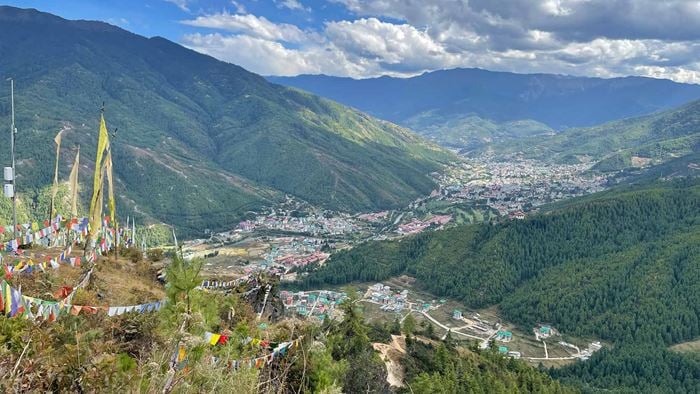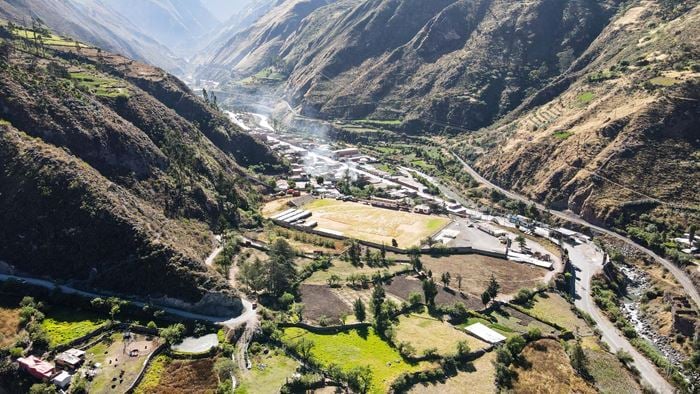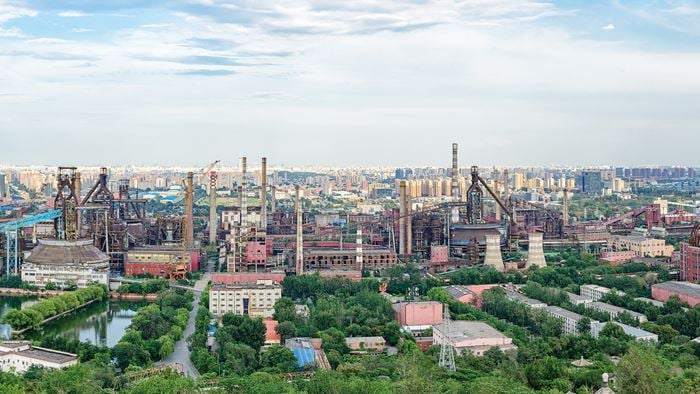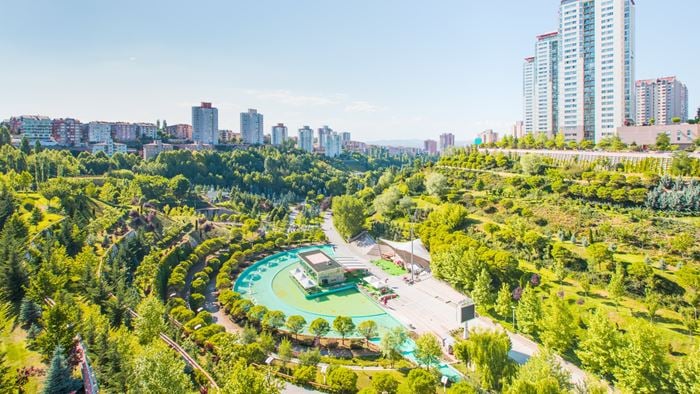The Kingdom of Bhutan is nestled in the Himalayas between India and China, with a population of about 750,000 people. Known for its unique philosophy of Gross National Happiness, the country’s vision for the future is driven by preserving its culture and the environment while enhancing social and economic development.
Due to rapid population growth, Bhutan’s capital city Thimphu is experiencing issues including urban sprawl and lack of appropriate infrastructure. To future-proof the capital city, the Royal Commission for Urban Development (RCUD), together with the Ministry of Infrastructure and Transport (MoIT), appointed Arup with urban designers, Prior + Partners, and economic development advisors, Gerald Eve, to update Thimphu’s masterplan.
The Thimphu Structure Plan was developed by our multidisciplinary team including landscape architects, environmental consultants, water specialists and transport planners. Driven by the sustainable design principle of ‘good growth in the right places’, the plan prepares the city for the future, blending nature-based design with high-quality infrastructure and sustainable mobility strategies that protect the city’s unique heritage and landscapes.
To create an inclusive, liveable and resilient city, the plan combines blue and green infrastructure to improve water quality with mobility plans that prioritise walking and public transport to reduce carbon emissions.
Working with Prior + Partners and Gerald Eve, our specialists developed an investment and phased implementation strategy up to 2047, including interim reviews and revisions. The plan will incorporate lessons learned to support the Kingdom of Bhutan’s vision of making the capital city a model for truly sustainable development.
Project Summary
278hectares of new and upgraded parks and gardens
10.2kmof new and upgraded trunk sewer mains
45kmof new and upgraded city bus routes
Urban regeneration: good growth in the right places
To deliver ‘good growth in the right places’, our team prioritised environmentally and socially sustainable expansion, working closely with MoIT and RCUD to understand the opportunities and challenges to be addressed in the Thimphu Structure Plan.
Addressing current economic issues like unemployment, low female workforce participation and a large informal sector, the plan establishes a flexible framework outlining how and where new homes, jobs, services and infrastructure will create greatest value for the city and its residents while protecting its cultural and environmental heritage.
Leveraging participation from the community, we created a stakeholder engagement plan and guidance document which MoIT and RCUD used to engage with local residents, businesses and Government. To enhance awareness and gather feedback, our digital team also used the Virtual Engage tool to develop an online information hub.
“By collaborating with Arup, Prior + Partners and Gerald Eve, the revised Thimphu Structure Plan will breathe life into our capital city and inform the future sustainable development of urban centres across Bhutan. ” Director Tashi Penjor Ministry of Infrastructure and Transport
Prioritising green spaces and active travel networks benefit the city by promoting health, wellbeing and social inclusion while providing public amenities for all.
Working with nature: improving climate change resilience
Arup’s landscape architects partnered with MoIT and RCUD to create a vision, framework and concept design proposal to enhance and manage a network of green infrastructure and accessible open spaces, including parks, urban waterways, heritage sites and environmentally sensitive areas.
Following a Strategic Environmental Assessment, our environmental consultants and geohazard specialists developed plans to bolster the city’s natural hazard resilience – a priority given its location in the seismically active Himalayan Mountains.
The landscape strategies aim to address the spatial, environmental and climate change challenges that Thimphu is facing, with a focus on protecting existing places and habitats of ecological and amenity value, connecting landscapes and people and providing new open and green spaces for local communities and visitors. This includes a series of nature-based solutions, such as re-naturalising culverted streams in the city, to improve water quality, enhance biodiversity and create new destinations for people.
Designing with water: enhancing Thimphu’s water supply and quality
Arup’s water engineers modelled Thimphu’s water and wastewater networks, and assessed the 13 treatment plants serving the city, to determine current network capacity. We also performed a climate change resilience assessment to evaluate risks to water resources in the region.
To improve the equality, efficiency, reliability and resilience of the city’s water supply, numerous water supply measures were proposed, including demand and pressure management initiatives, increasing water reservoir storage capacity, reducing water losses throughout the network and reallocating water supply from alternative sources across the sub-catchments. To meet current and future wastewater demands, we are proposing separating wastewater and stormwater, upsizing low-capacity sewers and consolidating and upgrading wastewater treatment plants.
Prioritising resilient and green infrastructure solutions will support an integrated water cycle, providing ecological, economical and public health benefits. Away from hard engineering stormwater drainage systems, which risk discharging runoff and pollutants into local watercourses, the plan proposes sustainable urban drainage systems (SuDS) like swales and rain gardens throughout the city. This will reduce the environmental impact of runoff flows, enhance Thimphu’s climate resilience and create a more sustainable and liveable community with healthy waterways and thriving landscapes.
Safe, inclusive and sustainable: future mobility in Thimphu
To create a sustainable transport system for Thimphu, Arup’s transport planners worked with MoIT and RCUD to model the existing road network and travel patterns, delivering the city’s first comprehensive traffic survey and local transport model. Building local capacity, the team, including a traffic survey company, trained organisations in Thimphu to undertake traffic surveys and harness the use of open data for current and future projects.
As Thimphu’s transport network is mainly road-based, with most trips taken in private vehicles, the team developed strategies for infrastructure and behavioural change interventions to promote active travel, such as walking, and shared mobility, such as public transport and taxis. The plan integrates land use and transport planning, reduces city congestion and encourages low-emission mobility.
The transport model demonstrated the potential impacts of these strategies, which helped gain public acceptance. Our transport planners developed a phased implementation plan with clear timeframes, roles, responsibilities and alignment with other infrastructure upgrades. This plan will boost connectivity, reduce carbon emissions and enhance Thimphu’s economy and attractiveness, transforming it into a vibrant, green and liveable city.
“ Bhutan’s vision for ‘development with values’ aligns with Arup’s commitment to deliver sustainable design and advice that works for people, places and planet. We are honoured to work with the Royal Commission for Urban Development and others on this plan which will strengthen Thimphu’s sustainable economic growth, protect its heritage and ensure it is a healthy, vibrant and attractive place to live, work and visit. ”Rory McGowan Fellow, Multidisciplinary engineering
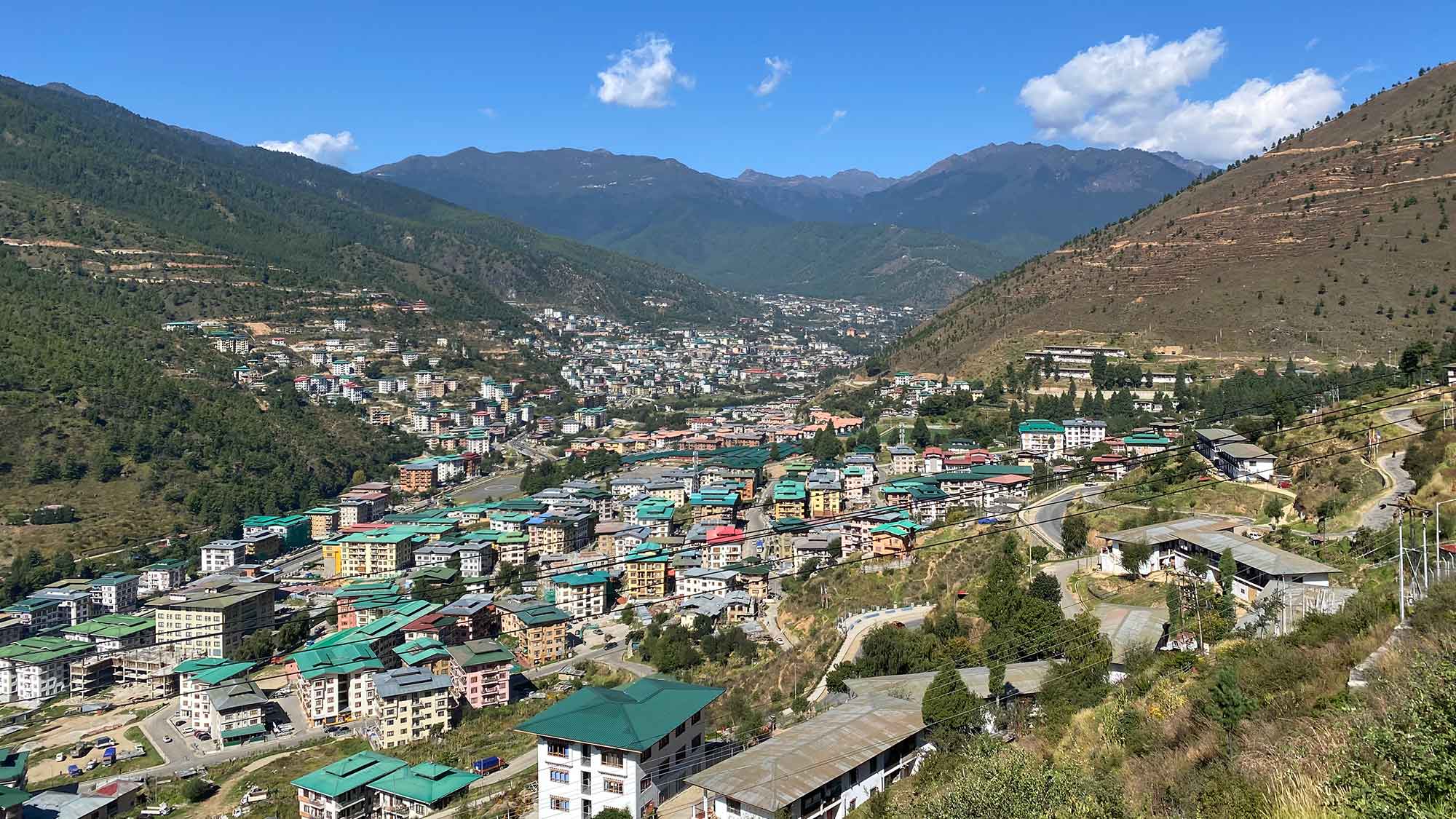 ;
;


